|
That Withered Paradigm: The Web,
the Expert, and the Information Hegemony
by Peter Walsh
Davis Museum and Cultural Center
Wellesley College
3,352 words
posted: oct 31, 1999
|
[This is the text of a paper presented at the Media in Transition Conference at MIT on October 9, 1999.]
The title of this paper is That Withered Paradigm: the Web, the Expert, and the Information Hegemony. It is taken from a comment posted on the online discussion group for an art museum project. The original message, which was apparently from a web artist, was "That withered, disreputable, often laughable ‘expert’ paradigm is what the Net now displaces."
This had the ring of truth about it–there is something about the Web that makes the idea of the expert seem withered -- - even disreputable and laughable. But why does this happen? And what exactly is the "expert paradigm?"
I concluded that the listserve message probably was not referring to the expert in the individual sense. A single person might make him or herself an expert in flower arranging, or Japanese medieval armor but that is not a paradigm. Instead, the "Expert paradigm" must be a social construct, a dialogue between the experts and the rest of society.
|
|
I suspect that the Expert Paradigm goes back to the beginnings of human culture. It probably evolved as a counter to brute force in human societies. It was a way of creating a value and use for intellectual activity and insights.
At its basic and most ancient form, the Expert Paradigm was an undifferentiated variety of what we now call religion. All members of the "expert class" are still in some sense priests, practitioners of a hermetic cult giving access to divine knowledge. And as members of a priestly class, all experts still have special, quasi-religious status.
As part of our cultural evolution, this undifferentiated expert form developed into many kinds of expert knowledge -- - astrology, astronomy, philosophy, natural science, medicine, law, and so on. All of these types still bear the marks of their proto-religious origins and follow the expert paradigm.
|
|
What, then, are the elements of the Expert Paradigm? [1] I propose these five basic characteristics.
The Expert Paradigm requires a body of knowledge. This can really be any body of knowledge, but abstract knowledge tends to have higher prestige that practical knowledge. Predictive knowledge -- - that is, knowledge like astrology or economics that helps predict future important events -- - has even higher status.
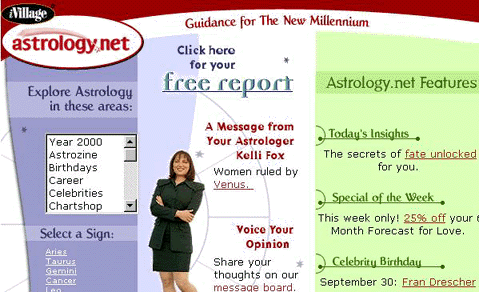
This body of knowledge, however, need not be objectively true.[2]
The paradigm only requires that the experts convince a certain number -- - not necessarily even a very large number -- - of those outside the group that the knowledge they control is both true and useful. That the expert class really has such a true and useful body of knowledge always tends to be suspect by outsiders -- - even in expert paradigms which are long and well established.
Even the best -- - that is, the most objectively truthful–body of expert knowledge is wrong some of the time. [3] Thanks to the laws of coincidences and averages, even the worst is right some of the time. These facts of the limits human understanding can be used either to support or to attack any body of expert knowledge. - The expert paradigm creates an "exterior" and an "interior," an outer group of laypersons and an inner group of experts. This is neatly symbolized in the classic Greek Temple form. There, the columned exterior was for the public. Only the priests -- the experts -- were allowed in the cramped and dimly lit interior. This differentiation between interior and exterior, between insider and outsider, is an essential feature of the expert paradigm. If there are no insiders, no experts, the entire structure begins to crumble.
- The expert paradigm uses rules. The paradigm has external rules for the access to and use of its base of knowledge. There are also internal rules, usually kept hidden from outsiders, that regulate the internal affairs of the group, its membership, and its interface with the outside world.
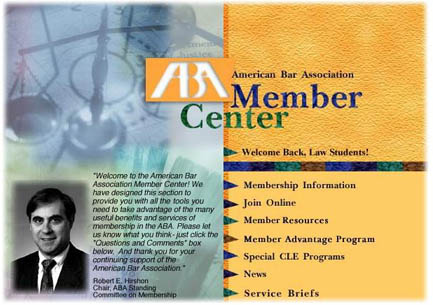
A self-appointing, self-regulating hierarchy typically manages both sets of rules. The expert hierarchy is usually jealous of its privileges and suspicious of outside attempts to control it. The hierarchy often uses its influence in the outside world to pass laws that help enforce its rules. The hierarchy uses the rules and supporting laws to manage the recruitment, initiation, promotion, and -- - when necessary–the expulsion of expert insiders. This set of rules and their organizational application is what I will call the "knowledge hegemony."
- The expert paradigm uses ritualistic ways to define the expert group from outsiders. These include initiation ceremonies of various kinds, the use of symbols, rituals, and monuments with particular meanings for the insiders, special uniforms and costumes to identify the experts to outsiders. Expert-insiders also typically use a specialized language that tends to make their utterances incomprehensible–yet impressive -- to the uninitiated. "What a delightful thing is the conversation of specialists!" the painter Edgar Degas remarked on this phenomenon. "One understands absolutely nothing and it’s charming."

- The expert paradigm is inherently unstable. It is constantly threatened by factions and turf battles from within and by skepticism or jealously of its privileged status from without. Expert paradigms thus tend to break down, fragment, or change dramatically, as Thomas Kuhn reminds us, [4] over time. The Expert Paradigm continues to have a tense relationship -- - "conflicts of church and state" -- - with political power. As British Prime Minister Harold MacMillan put it, "We have not overthrown the divine right of kings to fall down to the divine right of experts."
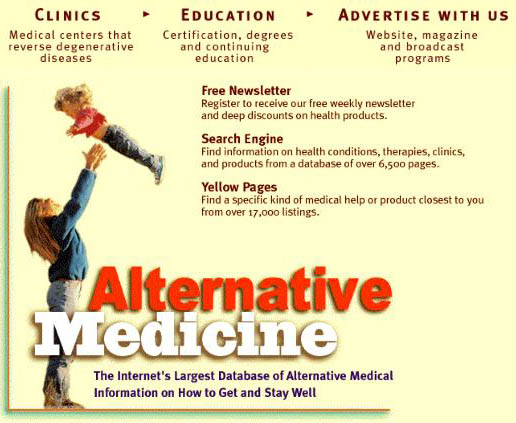
|
|
One of the main premises of this paper is that innovations in technology tend to break down and transform existing expert paradigms. Take, for example, the Christian Church in Renaissance Western Europe. This was, I think, a prime example of the expert paradigm. The Church claimed privileged access to an extraordinarily valuable body of knowledge. It claimed to know the will of an omnipotent and omniscient God. Most especially valuable, the Church understood the rules for establishing residency in the better neighborhoods of the Afterlife. [5]
The medieval church had developed an elaborate hierarchy, set of rituals, costumes, rules, and methods for recruiting, controlling, and separating its members from the outside world. [6] It had, moreover, the usual instabilities of all expert paradigms. It was heavily factionalized within, had to deal with challenges to its knowledge hegemony called "heresies," and was locked in continual power struggles with temporal authorities in Western Europe. [7]
We are accustomed to think that the Protestant Reformation started in 1517 when Martin Luther nailed his 95 theses to the door of Wittenburg’s castle church. Actually, far more important to the Reformation was the fact that Luther made use of a developing new technology and printed his views.
The printing press thoroughly undermined one of the key elements of the medieval Church’s knowledge hegemony–the control of book production and libraries. Before the printing press, church members copied books by hand for church-managed libraries. Books were not only expensive and time-consuming to produce, they were written in special languages such as Latin and Greek known primarily to members of the Church hierarchy.
The printing press ended all this. [8] Cheap pamphlets ridiculing the Church flooded Europe. Translations of the Bible, one by Luther himself, into common languages ended the Church’s control of sacred texts. These printed texts turned the very elements of the expert paradigm against the Church to ridicule its pretensions and privileges. Thus the expert paradigm of the Church lost its credibility and the Church itself soon shattered into hundreds of fragments.
|
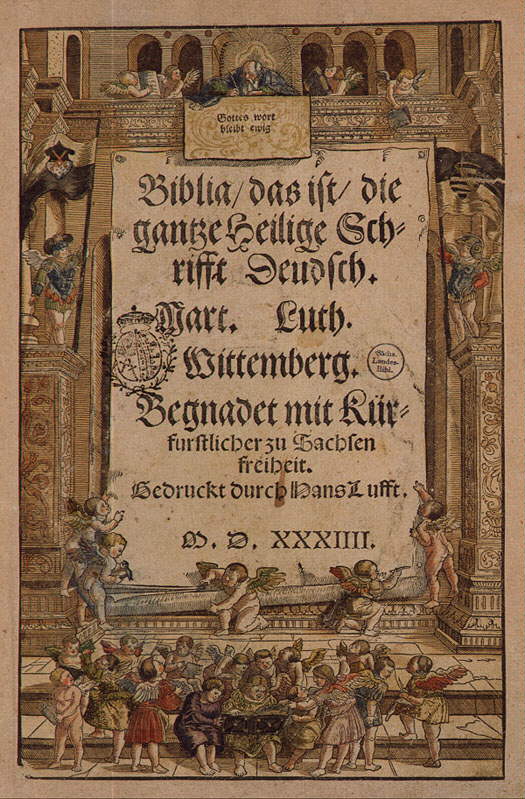
|
Today’s new communication technology -- - the World Wide Web -- - also promises to make profound changes in the knowledge hegemony of a number of fields. I will outline here a few examples from three areas I am somewhat familiar with -- - journalism, the art world, and intellectual property.
It is easy to see that the Web tends to eliminate a number of the characteristic defining points of the knowledge hegemony. It is quite easy to set up an official-looking knowledge base on the World Wide Web. A major newspaper, like The New York Times can do it. So can an individual.
Thus one of the first undermining aspects of the Web is the elimination of inside-outside. On the Web, it becomes impossible to differentiate the expert from the non-expert. The rules essential to maintaining the distinction between the expert paradigm and the rest of the world can no longer be enforced.
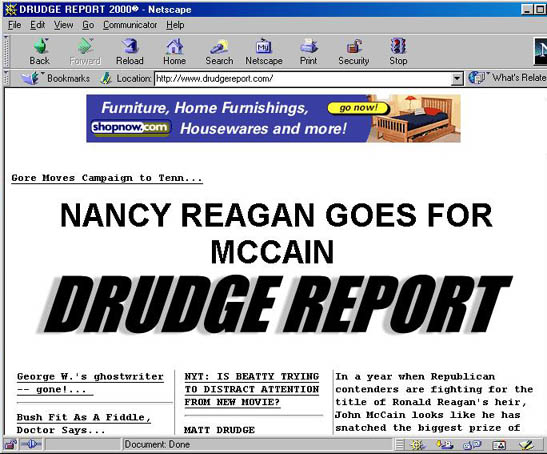
|
|
At the time he created the website The Drudge Report, Matt Drudge was a convenience store clerk working out of his tiny Hollywood apartment. Drudge worked entirely outside the expert paradigm of journalism. He by-passed the hierarchies of editor and publisher and ignored the internal journalistic laws of verifiable sources and standards of privacy. By challenging the expert rules that govern what is and is not news, Drudge was able to scoop the world on the White House sex scandal that became the Lewinsky Affair. [9]
Newsweek reporter Michael Isikoff, who had spent months trying to pin down the various rumors of presidential extramarital affairs, was particularly furious at Drudge’s behavior. Isikoff later attacked Drudge for breaking the inner rules of journalism. "While ignoring the question of whether something actually happened in the White House…," Isikoff wrote, "commentators were fascinated by the role of Drudge in briefly creating a media firestorm. Not surprisingly, a few called me for comment -- - and I jumped at the chance to publicly slam him. ‘He’s a menace to honest, responsible journalism,’ I told The New York Times’s Todd Purdum. He was digging through unverified reporting -- - ‘like raw FBI files’ -- - and shoveling it onto the Internet, I told The Washington Post’s Howard Kurtz." [10]
In the process of exposing the scandal, Drudge also created paranoia and consternation among the various witnesses in the Lewinsky Affair and shook the entire knowledge hegemony of journalism. In particular, Drudge indirectly exposed journalism’s secret, internal methods to public scrutiny. Once the "news," which journalism traditionally presents as the objective truth, was revealed to be a manufactured product -- - a product manufactured, moreover, by methods that seemed cynical and manipulative to many outsiders -- - the knowledge hegemony of journalism began to show cracks.
The Web is beginning to have the same kinds of effects in the art world. Norman Bryson, borrowing an analogy from Foucault, has compared art museums to prisons, "panopticons" in which the inmates (or artwork) are both confined and constantly observed by their keepers, the curators. By locking up most of the world’s great art in private collections and in guarded art museums, the insiders of the art world have, to an amazing extent, been able to control discourse about art in general.
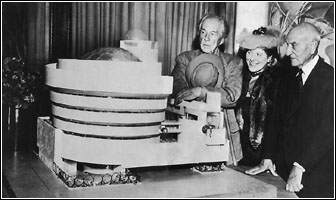
|
|
For example, before allowing works of art from their collections to be published, most art museums not only demand a fee but also require signed contracts that control, in various ways, how the work is reproduced and described. Their physical control of the art also allows art museums to control which artists are presented to the public, the context in which they are seen, the public’s interaction with the art, and the sorts of discourses about art that are considered "appropriate."
Museum curators typically think of themselves as acting on behalf of the artists themselves. Curators generally turn down requests to publish art works in ways they consider demeaning -- - for example, in commercial advertising. They often forbid the use of details, electronic manipulation and distortion of images, and the like on the grounds that they are contrary to the original intent of the artist. [11]
With the advent of the World Wide Web, cheap color image scanners, and easy ways to copy and transmit digitized images, this sort of control is rapidly beginning to wane. The web site called "Artchive" appears to be a normal art museum website -- - with floorplans, a collection catalogue, a museum shop, and the like. In fact, this site was created and managed by an individual–a nonart historian living in Texas named Mark Harden -- - who uses it to present his own views about art. His art images are gathered–via various quasi-legal means -- - from around the world and furnish his virtual galleries.
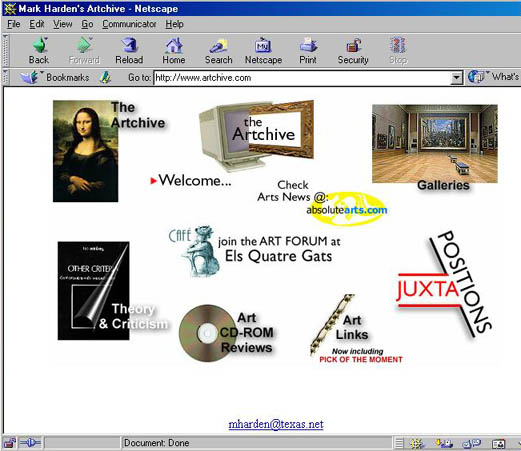
|
|
Lately, large corporations like Intel have also gotten into this act, creating their own museum sites. Some insiders of the art world are quite up in arms about this development -- - and with good reason. The idea that anyone can manipulate art, present it, and comment on it in their own way is a deep threat to the art world’s knowledge hegemony.
Harden’s use of images without permission raises my third example, the assault via the Web on the traditional controls over intellectual property. Except in a legal sense, intellectual property is not an expert paradigm in itself. Rather, as a product of technology and law, intellectual property is most often a managing tool of expert paradigms, as we have just seen in the case of art museums.
Contrary to some popular opinion, copyright and intellectual property were not invented to protect the rights individual authors. The ancestors of the copyright laws were first used, in the wake of the creation of the printing press, to control the destabilizing effects of the new technology on established hierarchies, especially the Church and the monarchical state. Thus the proto-copyright laws granted monopoly rights over certain titles to publishers in return for a royal right to censor all that was published.
These early copyright laws later came to be used to provide ways for business entrepreneurs to derive a profit from that new technology. [12] After all, the fiscal beneficiary of the invention of the printing press was not Guttenberg. He evidently went bankrupt. Nor did the profit go to the first authors printed, who generally were long dead.
Instead, it was the early entrepreneurs of printing who figured how to turn profits from the combination of laws and technology. A contemporary example this process is Microsoft’s Bill Gates. Gates’s business empire (and knowledge hegemony) was created, I submit, almost entirely from his astute understanding and exploitation of intellectual property laws and not on any special insight into software technology. [13]
|
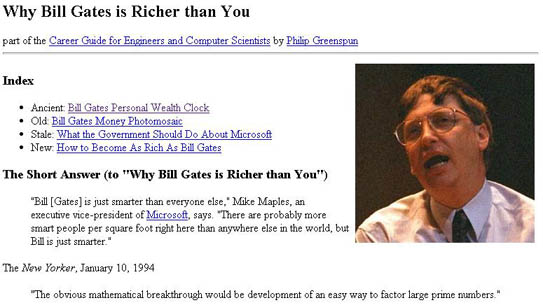
|
The World Wide Web’s ability to by-pass the status quo of intellectual property not only shook the confidence of Mr. Gates, it also threatens to destroy the entire established order of such things as the music industry. Now that music recordings can be downloaded directly from websites, normal distribution methods for recorded music are effectively made obsolete and, with them, the ability to control the music people hear and enjoy. Since such downloaded recordings are also so easy to pirate, the Web also threatens the industry’s ability to make a profit.
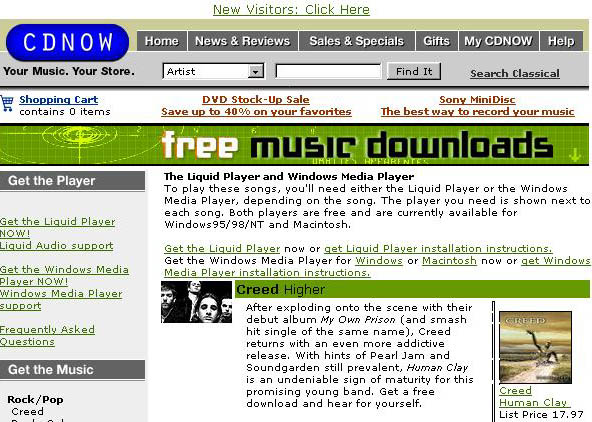
Has the Web, then, "withered" the entire "expert paradigm?" It is too soon to tell. Radio and sound recordings once had the potential to undermine the old music publishing industry, which was based on printed sheet music. But the FCC and such music rights agencies as BMI and ASCAP put a sudden end to that. There are already considerable efforts to put similar controls over the World Wide Web.
In the end, I think it is unlikely that the Web will destroy the Expert Paradigm. It will, however, continue to alter existing paradigms, to push them in new directions and into new forms, just as the printing press did in the past. In this, it will be yet another chapter in the evolution -- - in the adventure -- - of human consciousness.
|
|
Footnotes
[1] The literature on the expert is largely to be found in such fields as Organizational Behavior and Sociology, the later being an Expert Paradigm under some stress in recent years. See, for example, Erving Goffman, The Presentation of Self in Everyday Life (Woodstock, NY: Overlook Press, 1973) and Richard M. Hall, Organizations: Structures, Processes, and Outcomes (Englewood Cliffs, NJ: Prentice-Hall, 1987).
[2] Scientists, in particular, have trouble accepting that any "body of knowledge" that cannot claim to be objectively true is worthy of serious consideration. They do not understand that the value of the Expert Paradigm is in its social functions, not its quotient of truthfulness. The long history of religion in human societies, with competing and incompatible dogmas which cannot be scientifically verified, suggest that, on the contrary, the social value of the Expert Paradigm has little or nothing to do with "truth" as the scientist views it.
[3] Often, the popularity of an expert body of knowledge seems to been inversely proportionally to its objective verifiability. For example, astrology and astronomy both grew up together as predictive sciences. Today, astronomers' ability to predict future astronomical events is, for all everyday intents and purposes, flawless. Astrological predictions remain far less precise. Yet, daily media coverage of astrology and astronomy suggests that astrology remains far more popular than astronomy.
[4] Thomas S. Kuhn, The Structure of Scientific Revolutions. International Encyclopedia of Unified Science, v. 2, no. 2 (Chicago: University of Chicago Press, 1970). Kuhn, of course, gave "paradigm" and "paradigm shift" to the post-modern glossary. It should be noted, however, that his use of the work is somewhat different than mine. For Kuhn, a paradigm is a kind of resting point in the progressive development of a body of knowledge. Once the natural inertia of the knowledge base has been overcome, according to Kuhn, it in effect rolls to a higher place. My use of the word paradigm is closer to its pre-Kuhn sense of "model" or "pattern." In my estimation, changes in the knowledge base (which are not necessarily "improvements") are less important than shifts and alterations in the entire expert paradigm.
[5] Outrage at the Church's sale of indulgences -- in effect, providing access to heaven in return for contributions to such projects as the creation of the new basilica of St. Peter's in Rome -- was one of the leading causes of the Reformation.
[6] Among the methods the church developed were monasteries and celibacy. Both separated its expert members from the outside world and allowed the church to control its expert membership, since one could not be born into membership.
[7] The Church's claim to temporal power in Western Europe was the source of constant friction with secular authority well into the 20th century.
[8] See, for example, Mark U. Edwards, Jr., Printing, Propaganda, and Martin Luther (Berkeley: University of California Press, 1994).
[9] For a profile on Drudge, see D. McClintock, "Matt Drudge, Town Crier for the New Age." Brill's Content, November, 1988.
[10] Michael Isikoff, Uncovering Clinton: A Reporter's Story (New York: Crown Publishers, 1999), p. 167. Elsewhere in his book, Isikoff is a particularly eloquent and insightful commentator on the inner rules of journalism and their internal contradictions, which perhaps suggests one source of the inherent instability of the Expert Paradigm.
[11] Curators ignore, in holding these positions, that the history of art is much longer than the history of art museums and that art itself has generally progressed by each generation appropriating the images of its predecessors and altering them, often beyond all recognition.
[12] See, for example, Ronald U. Bettig, Copyrighting Culture: The Political Economy of Intellectual Property (Boulder, CO: Westview Press, 1996); Anne Wells Branscomb, Who Owns Information?: From Privacy to Public Access (New York: Basic Books, 1994).
[13] Bill Gates founded his fortunes by contracting to provide IBM with a disk operating system to IBM for its new personal computer. At the time of the arrangement, Gates did not possess such a system. He purchased the rights to what became MS-DOS from another company for a nominal sum. Since Gates understood intellectual property better than IBM's executives did, he retained the right to license MS-DOS to manufacturers making IBM-compatible machines. Thanks to IBM's dominance in hardware, MS-DOS and Windows gained dominance in operating software, but IBM's lack of control over its own operating system meant that Microsoft's fortunes and power grew at IBM's expense. IBM saw power in hardware. With considerably foresight, Gates saw the coming shift in power towards software and intellectual property.
|
|